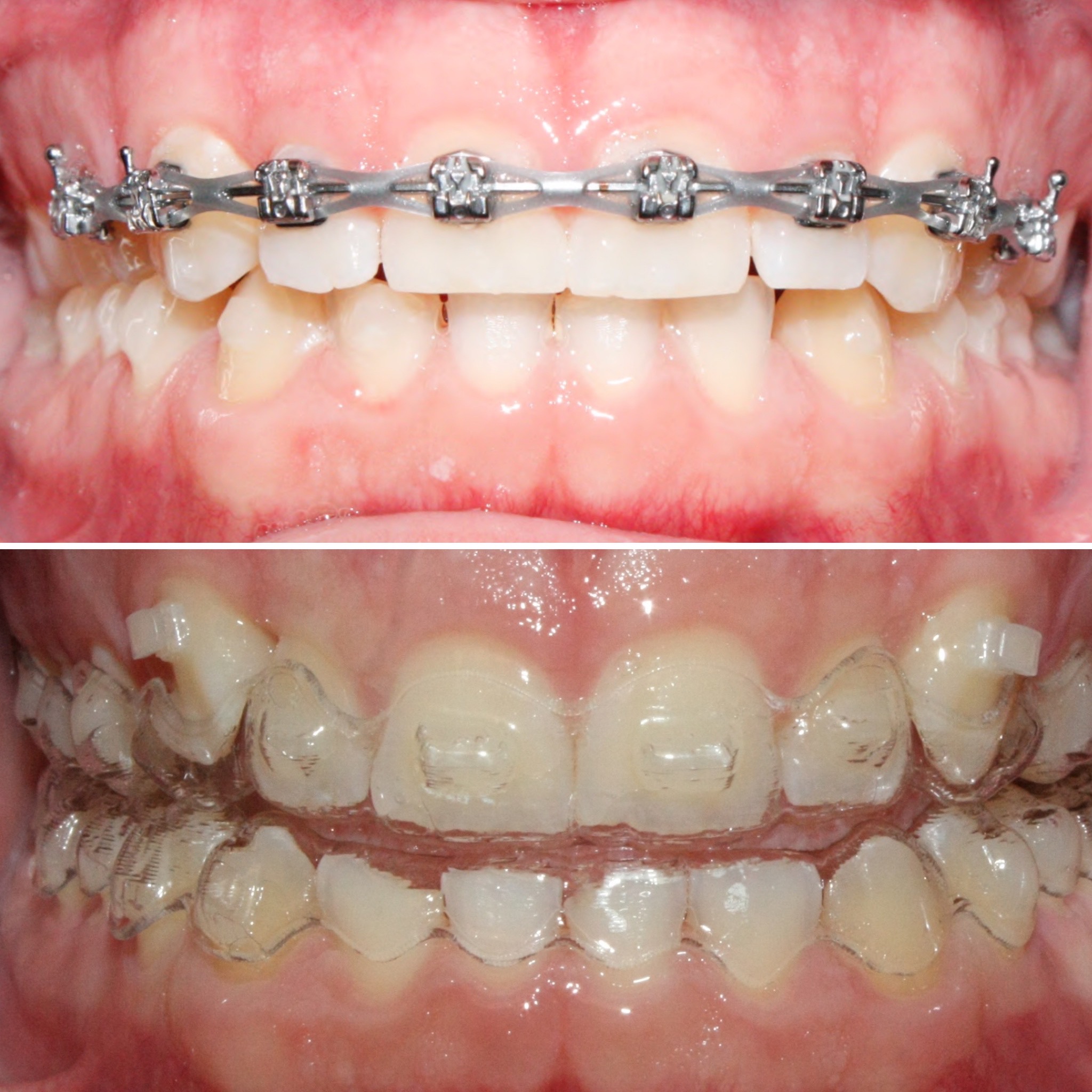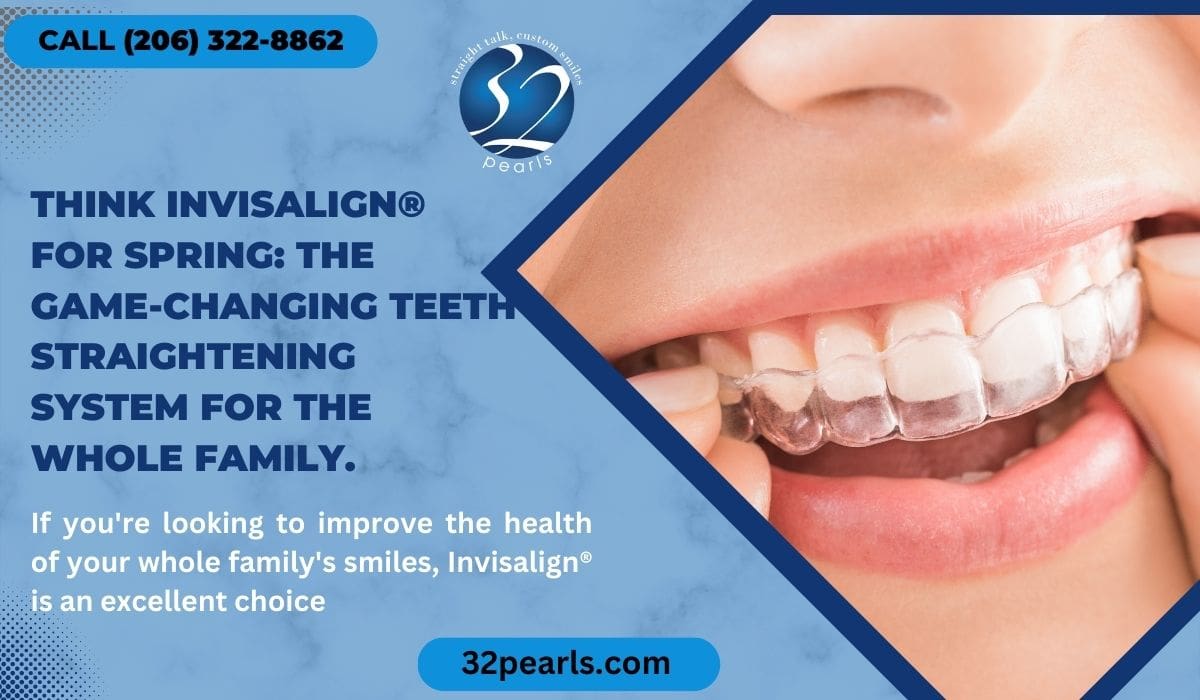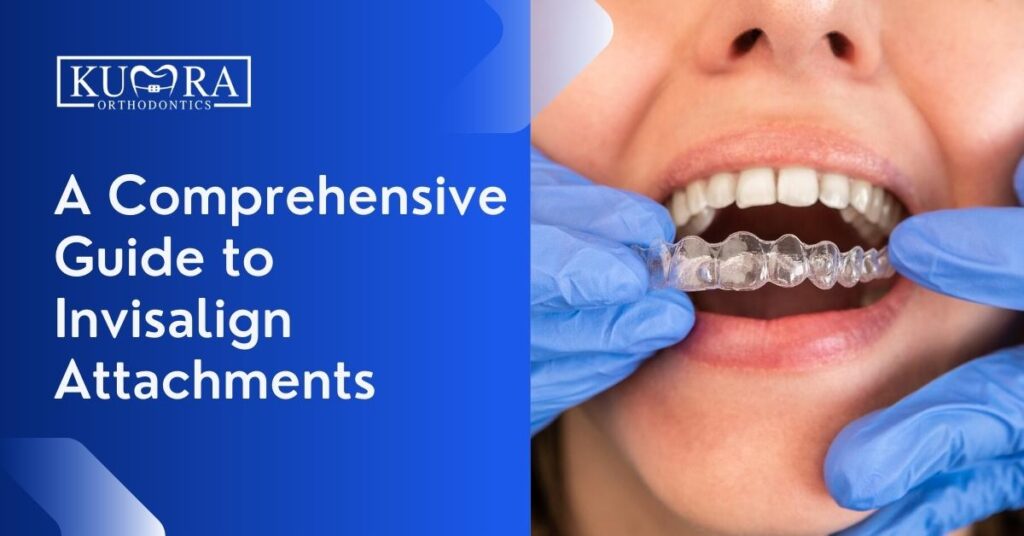Discover the Benefits of Invisalign for a Perfect Smile Improvement
Invisalign vs. Traditional Braces: Which Choice Is Right for You?
When taking into consideration orthodontic therapy, the selection between Invisalign and typical braces presents a number of vital variables that merit careful assessment. Invisalign supplies a very discreet alternative with detachable aligners, while traditional dental braces offer an extra noticeable yet effective service for serious misalignment. Each choice includes unique advantages and downsides connected to looks, convenience, therapy period, and expense. Recognizing these subtleties is critical for making an educated choice that straightens with your personal preferences and way of life. The concern remains: which option will best meet your orthodontic requirements and assumptions?
Introduction of Therapy Alternatives

In contrast, typical braces include metal braces and wires that are bound to the teeth. This method uses constant pressure gradually to attain placement. While effective for complex orthodontic problems, conventional dental braces require regular brows through for modifications and can present obstacles in maintaining oral health as a result of the difficulty of cleaning up about braces and cords.
Both options have their benefits, and the selection often depends upon certain oral problems, way of life choices, and person conformity. Ultimately, seeking advice from an orthodontic specialist is critical for determining the most appropriate therapy strategy tailored to private requirements. Comprehending the nuances of each choice can substantially affect the general success of orthodontic therapy.
Aesthetic Considerations
A significant factor affecting the option between Invisalign and typical dental braces is the visual appeal each therapy uses. Invisalign aligners are crafted from clear plastic, making them practically invisible when put on.
On the other hand, traditional dental braces consist of metal braces and wires, which can be extra visible. While advancements in orthodontic innovation have brought about the advancement of smaller sized brackets and tinted elastics, traditional dental braces still maintain an even more noticeable account. For some individuals, the presence of braces might deter them from looking for required therapy.
Ultimately, the option in between Invisalign and standard braces might depend upon individual choices relating to appearances. Clients that focus on discernment typically favor Invisalign, while those who are less concerned regarding presence may choose for typical braces. Comprehending the visual effects of each option is critical for making an informed decision that lines up with one's way of living and choices.
Comfort and Convenience

In terms of convenience, Invisalign aligners are detachable, making it possible for individuals to enjoy their favorite foods without restriction and keep optimal oral health. Cleaning and flossing are simplified, as the aligners can be taken out throughout these routines, whereas conventional dental braces require careful steering around braces and wires.
In contrast, typical braces demand regular modifications, making them much less hassle-free for those with active schedules. Generally, the comfort and comfort of Invisalign make it an enticing choice for several individuals seeking orthodontic therapy.
Therapy Duration and Efficiency
While both Invisalign and traditional braces are effective in remedying oral misalignments, the duration of therapy can differ significantly between both choices. Typically, Invisalign treatment can take anywhere from 12 to 18 months, depending upon the intricacy of the instance. The clear aligners work by gradually moving teeth into their preferred placements, and normal follow-ups with an orthodontist help guarantee progression stays on the right other track.
On the other hand, typical dental braces often require a longer commitment, typically ranging from 18 months to three years. This is because of their fixed nature and making use of wires and brackets, which can be much more efficient for complex cases find out here now and severe misalignments (Invisalign). The treatment performance of traditional braces is well-documented, as they permit exact modifications and higher control over tooth movement
Ultimately, the choice in between Invisalign and typical braces may rest on both the expected therapy period and the specific oral problems available. Consulting with an orthodontist is crucial, as they can give customized suggestions based on individual demands, ensuring the selected technique aligns with wanted timeframes and end results.
Expense Comparison and Insurance Policy Choices
Cost plays a significant duty in the decision-making process for individuals taking into consideration orthodontic treatment, whether selecting Invisalign or conventional braces. Usually, the expense of Invisalign ranges from $3,000 to $8,000, while standard braces typically set you back in between $2,000 and $6,000. Elements influencing these expenses include the intricacy of the case, the period of treatment, and geographical area.
Lots of oral insurance policy plans offer partial insurance coverage for orthodontic therapies, but the specifics can vary extensively. Generally, conventional braces may be extra often covered by insurance policy plans compared to Invisalign, which some insurance companies categorize as an aesthetic treatment.
Additionally, several orthodontic methods use adaptable layaway plan, making both therapy alternatives more available. Individuals need to make inquiries concerning potential financing choices and discounts for ahead of time repayments. Reviewing the complete expense, including insurance policy advantages and layaway plan, is essential for making an informed decision that aligns with both aesthetic choices and spending plan factors to consider.

Final Thought
In summary, the option between Invisalign and standard dental braces rests on several elements, including aesthetic choices, convenience, therapy duration, and cost. Invisalign offers a very discreet, detachable choice that assists in oral hygiene and dietary flexibility, while traditional braces might be better for complicated dental issues and often come at a lower rate factor. Ultimately, assessment with an orthodontist is necessary to assess specific scenarios and figure out one of the most proper treatment alternative for attaining ideal dental placement.
When thinking about orthodontic treatment, the selection in between Invisalign and standard braces offers a number of important variables that merit careful analysis.Contrasting Invisalign and standard braces discloses unique therapy choices for orthodontic correction.While both Invisalign and standard braces are efficient in remedying dental imbalances, the duration of therapy can vary dramatically between the 2 options.Expense plays a significant duty in the decision-making process for people taking into consideration orthodontic treatment, whether opting for Invisalign or conventional dental braces.In summary, the choice between Invisalign and typical braces pivots on numerous elements, consisting of aesthetic choices, comfort, therapy period, and cost.